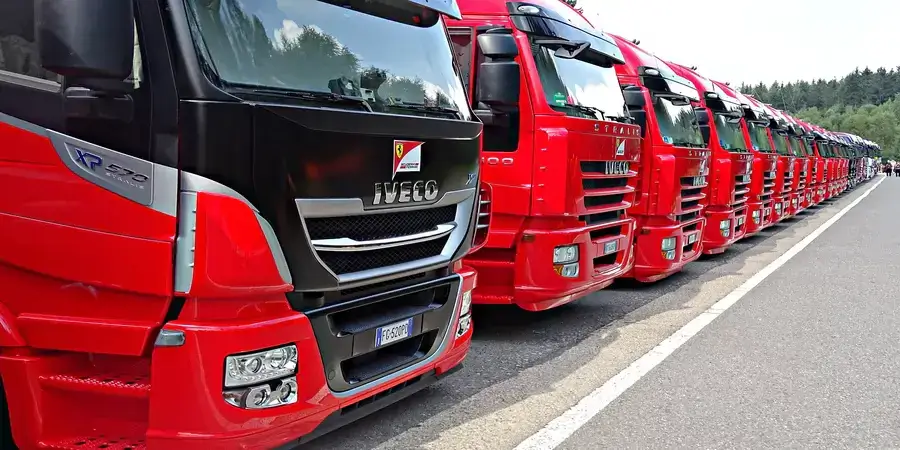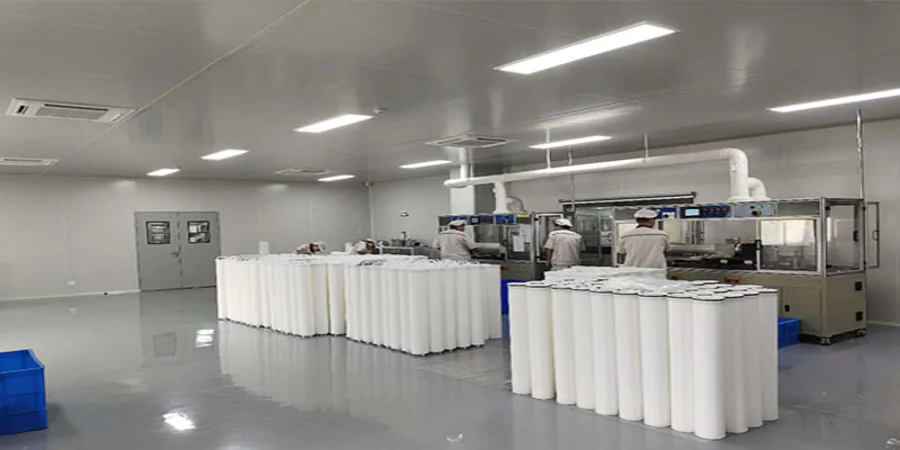Supply chains move fast, and logistics teams feel pressured to deliver quicker with tighter margins. Freight bottlenecks, fuel costs, and shifting regulations only add more friction. Some companies stay reactive while others take control.
One smart way to gain an edge is through strategic investment in second-hand day cab trucks. Choosing the right assets can improve uptime, cut costs, and increase flexibility across your entire operation.
Here is how strategic truck investments can boost your logistics operations.
Improved Fuel Efficiency
Fuel burns budgets faster than almost anything in logistics. Long routes and idle-heavy schedules only worsen the problem, especially for older or oversized rigs not built for short-haul runs.
Businesses can save significantly by switching to second-hand day cab trucks with proven mileage records. These trucks are designed for regional hauls and urban deliveries, which makes them lighter, more aerodynamic, and less wasteful at the pump.
Buying used doesn’t mean buying outdated. Many second-hand day cab trucks from recent model years meet higher emission standards and come with built-in diagnostics for tracking efficiency.
Reduced Maintenance Costs
Another cost most fleets can’t afford to ignore is maintenance. Unexpected breakdowns stall operations, frustrate drivers, and quickly burn through emergency repair budgets.
Second-hand day cab trucks offer a more predictable solution when sourced from reliable channels. Many are off-lease units with full service histories, making it easier to plan ahead for routine upkeep instead of scrambling during peak delivery windows.
Fewer moving parts and simpler drivetrain systems in day cabs also help reduce wear over time. With less downtime and fewer surprises in the shop, your fleet stays productive without draining operational funds every quarter.
Increase Driver Satisfaction and Retention
Modern trucks feature comfort upgrades that make a real difference on the road. Ergonomic seating, quieter cabins, and advanced climate control systems help reduce fatigue across long shifts.
Drivers notice when equipment is reliable and easy to operate. Less time spent dealing with mechanical issues or clunky controls translates into smoother routes and fewer complaints at dispatch.
When drivers feel supported through quality equipment, they’re likely to stick around. Turnover costs in logistics can be brutal, so retention is not just about loyalty, but a financial win.
Enhanced Delivery Reliability
Late deliveries can damage customer trust and strain carrier relationships. They can also trigger chargebacks, rerouting headaches, and inventory gaps.
Consistent vehicle performance is key to keeping routes on schedule. Reliable trucks eliminate the uncertainty that often derails dispatch timing or causes missed appointments.
Fleets with dependable equipment stay ahead of traffic delays, tight dock schedules, and time-sensitive orders. When each link in your operation holds steady under pressure, delivery windows tighten, and clients start to see you as a partner they can always count on.
Greater Fleet Scalability and Flexibility
When peak seasons hit or contracts expand, the ability to scale quickly becomes a major advantage. Relying on rented units or overworking current assets usually creates more stress than value.
Owning additional trucks gives you more control over routing and scheduling without waiting on third-party availability. That flexibility supports faster pivots when market demands shift or customer expectations rise.
Smaller day cab units fit easily into regional operations and can be deployed across multiple hubs without heavy reconfiguration. With more nimble assets in your fleet, you can balance loads, cut deadhead miles, and handle new business seamlessly.
Parting Shot
Smart logistics isn’t always about big tech or complex systems. Sometimes, it starts with practical decisions that improve how freight moves daily.
The right trucks shape everything from performance to profit margins. Long-term success often depends on simple shifts made at the operational level, where efficiency, reliability, and cost control happen on the ground.
















